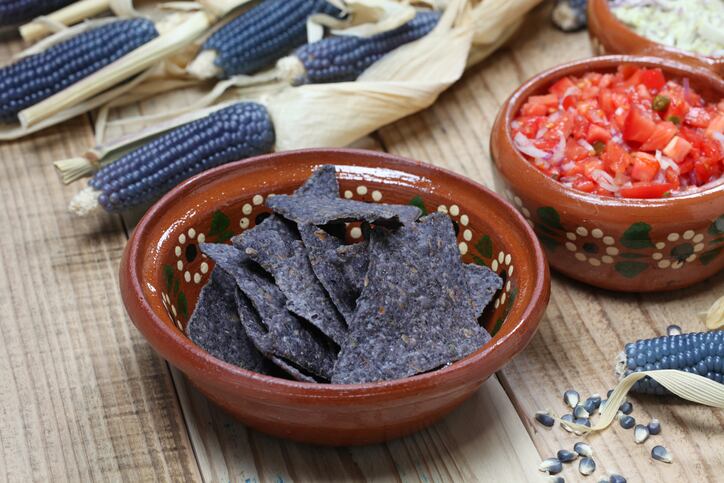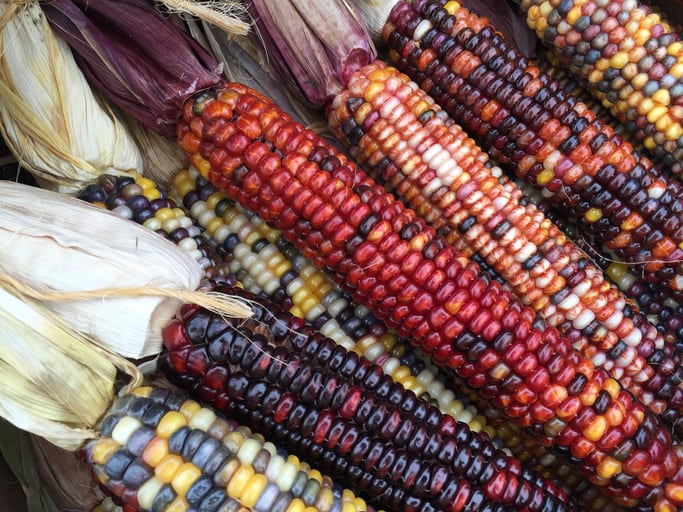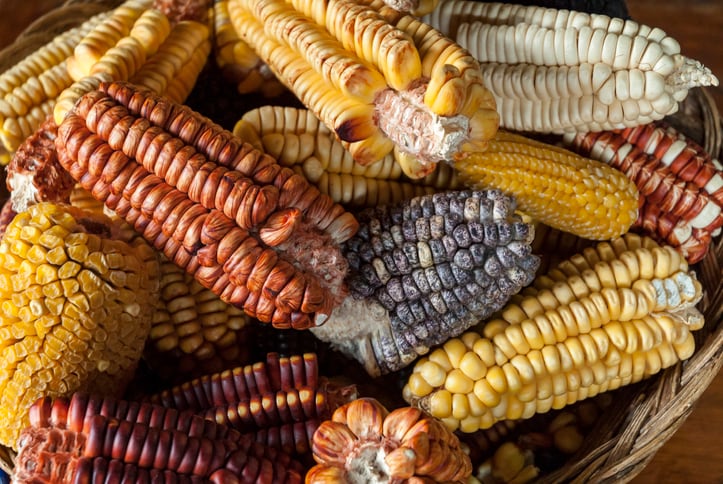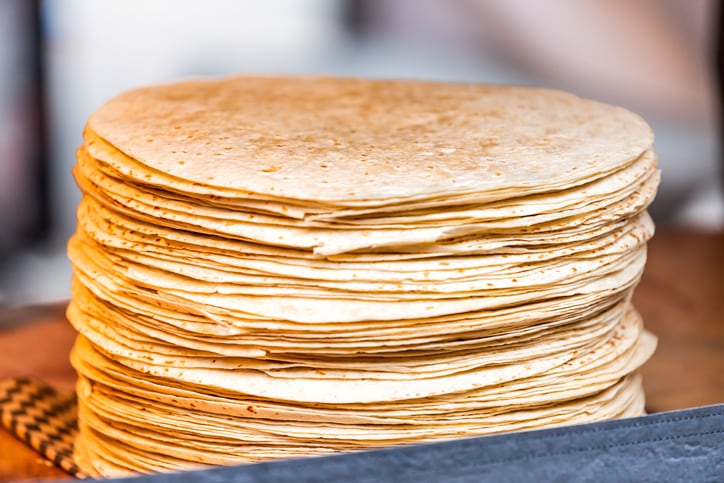In the past four years, there has been a 133% increase in new product launches with blue corn in Mexico, with snacks being the most popular food category, according to data from market research company Mintel.
Some brands blend blue corn with other native ingredients. Mexican organic-certified food firm Better Snack, for instance, uses blue corn and amaranth for its Totopos while Azucena blends different varieties of corn with organic nopal cactus or chia seeds.
Aesthetics is one factor fueling demand. “While once the taste of food was the first priority when it came to innovation, the rise of social media has spurred a rise in innovations that look striking too. As a result, colors, particularly natural colors, are receiving greater attention," said food and drink analyst Emma Schofield.
However, consumers also want authentic, healthy food and blue corn ticks both these boxes.
Mexico has around 700 traditional dishes made with corn and the color in blue maize derives from healthy anthocyanins and antioxidants.
Mexican company Maza Real, which sells criollo (landrace) varieties of nixtamalized blue, white and red corn, told us that demand for its products is driven by consumers’ desire to go “back to natural, back to their roots”.
Paying a premium
Consumer demand is currently booming. But does the trend have longevity and should farmers, millers, processors and farmer organizations invest in expanding blue corn production?For farmers, growing blue corn can incur additional costs.
It is softer than white or yellow varieties and so must be stored in a special way post-harvest in order to protect it against insects or damp. Knowing in advance if consumers are willing to pay a premium is therefore important.
Researchers at the International Maize and Wheat Improvement Center (CIMMYT) in Mexico set out to answer this question. They carried out a consumer survey to test consumer preferences and willingness to pay for blue maize tortillas.
“Demand for blue maize has skyrocketed in the past few years,” said Trent Blare, economist at CIMMYT and the leader of the research. “Three years ago, white and blue maize sold at the same price. One year ago, blue maize cost just a few Mexican pesos more, and now blue maize is worth significantly more. However, we still lack information on consumer demand and preferences.”
“If we want farmers who grow blue maize to be able to get better market value, we have to know what the market looks like,” added Blare.
The study, which received funding from Mexico’s Agency for Commercialization Services and Agricultural Market Development (ASERCA), included a 640-strong survey on preferences and purchase intention as well as sensory analysis tests where consumers tasted and rated the difference between hand-made blue, hand-made white and machine-made white tortillas.
The study that women were willing to pay 33% more for blue maize tortillas while men were willing to pay 19% more. For every additional year of education, a consumer was willing to pay 1% more for blue maize tortillas.
Income does not impact WTP

“Interestingly, a person’s income had no effect on her or his willingness (WTP) to pay for more blue maize tortillas. Many people interviewed expressed a preference for blue maize, but commented that they cannot always find it in local markets,” wrote the researchers in an online blog.
Most consumers were also willing to pay more for higher quality tortillas regardless of the color, as long as they were made handmade and fresh from locally grown maize.
Consumers were also interested in buying blue corn products for special occasions or specific dishes.
The study was conducted in Texcoco, near Mexico City where blue corn is relatively well-known. According to Jason Donovan, senior economist at CIMMYT, the survey could be replicated in other areas of Mexico to test demand for other added-value corn products in order to inform both farmers and the market.
Nixtamalization - the term comes from the Aztec words nextli (ashes) and tamalli (corn dough) - is a traditional process that involves soaking and cooking corn kernels in an alkaline solution, usually limewater, before washing, hulling and grinding the corn. The process eliminates mycotoxins, improves the flavor, and increases the bioavailability of vitamins found in the corn.




